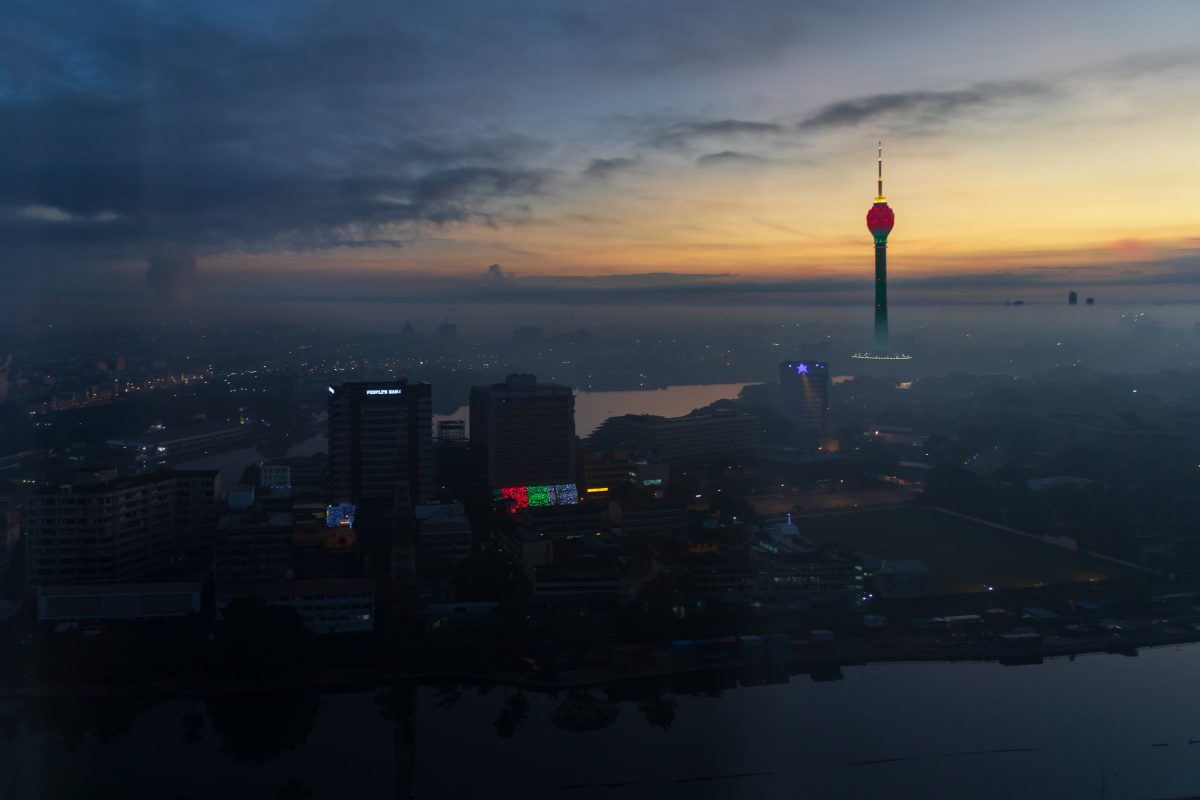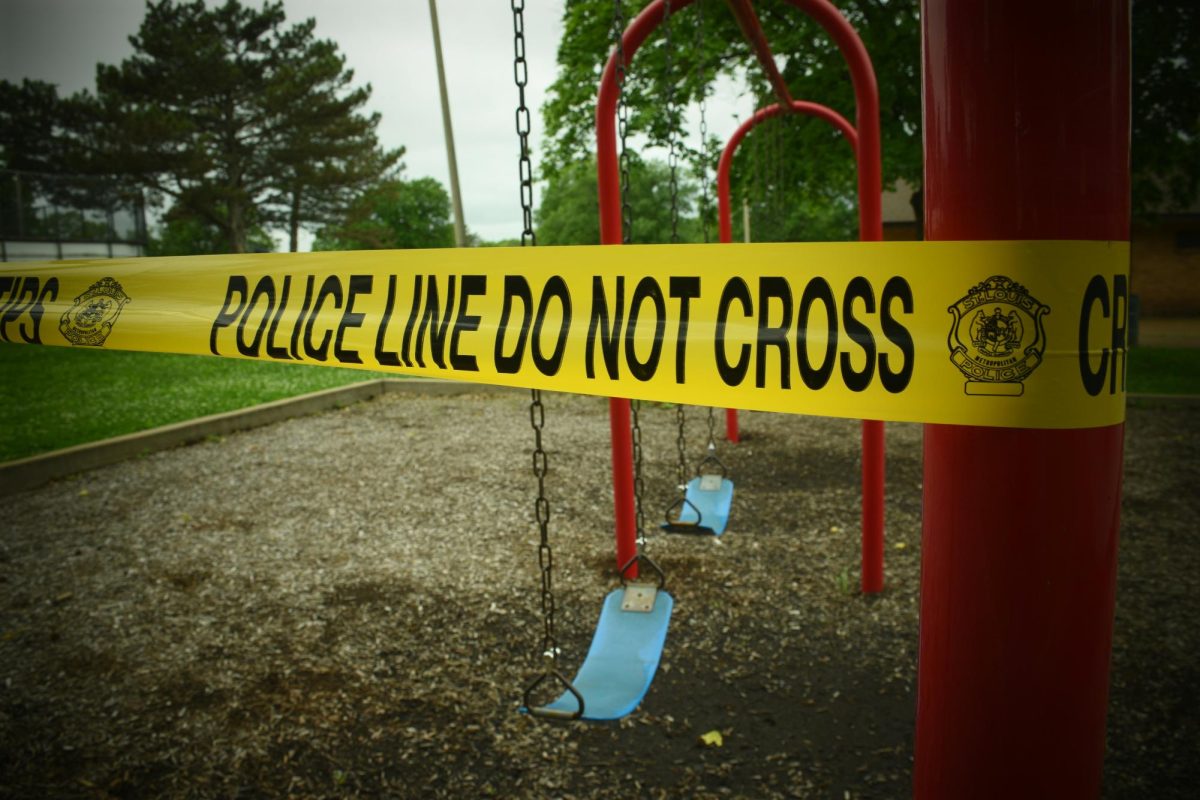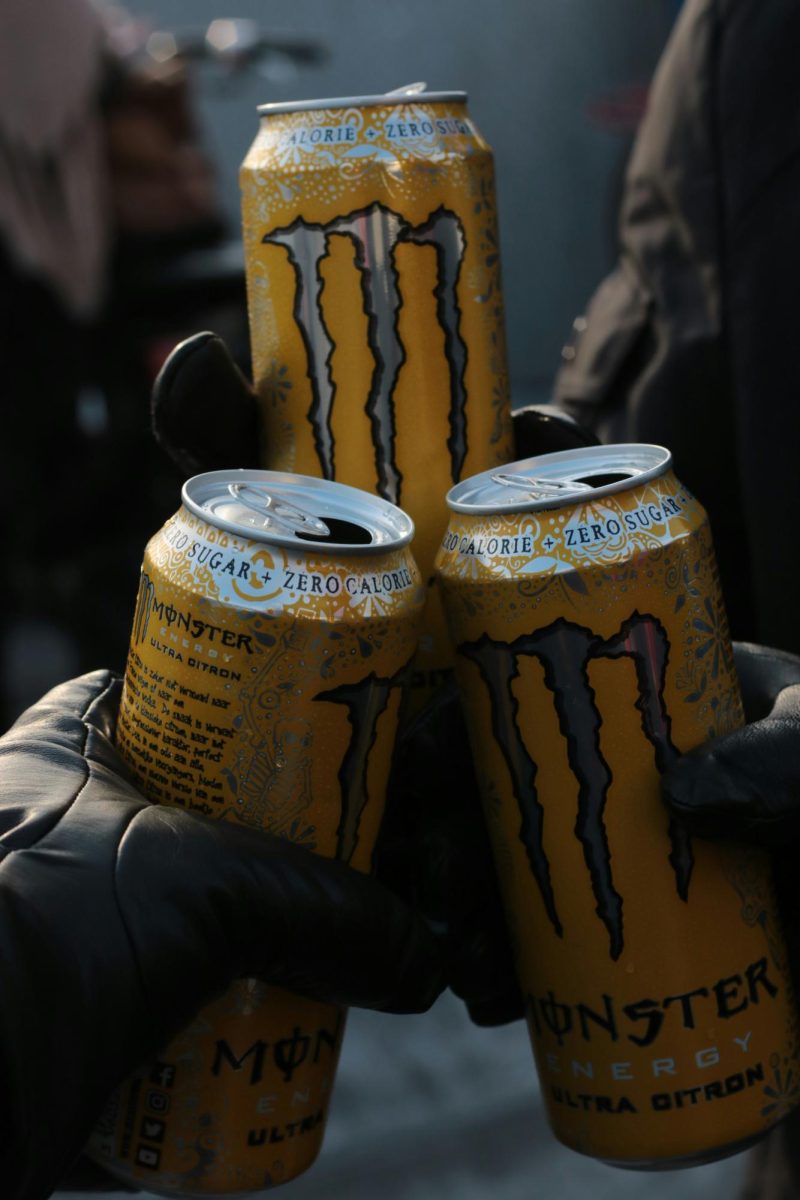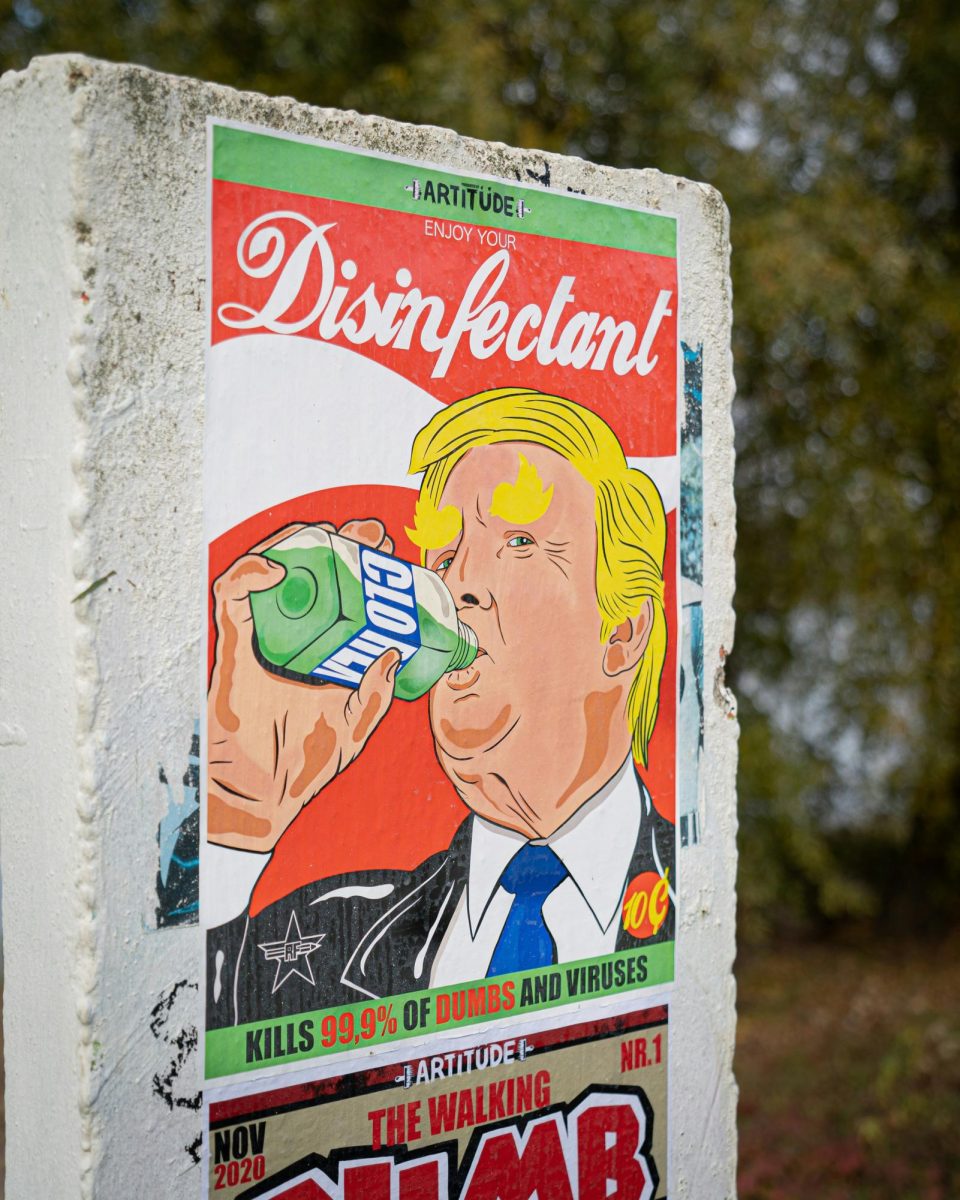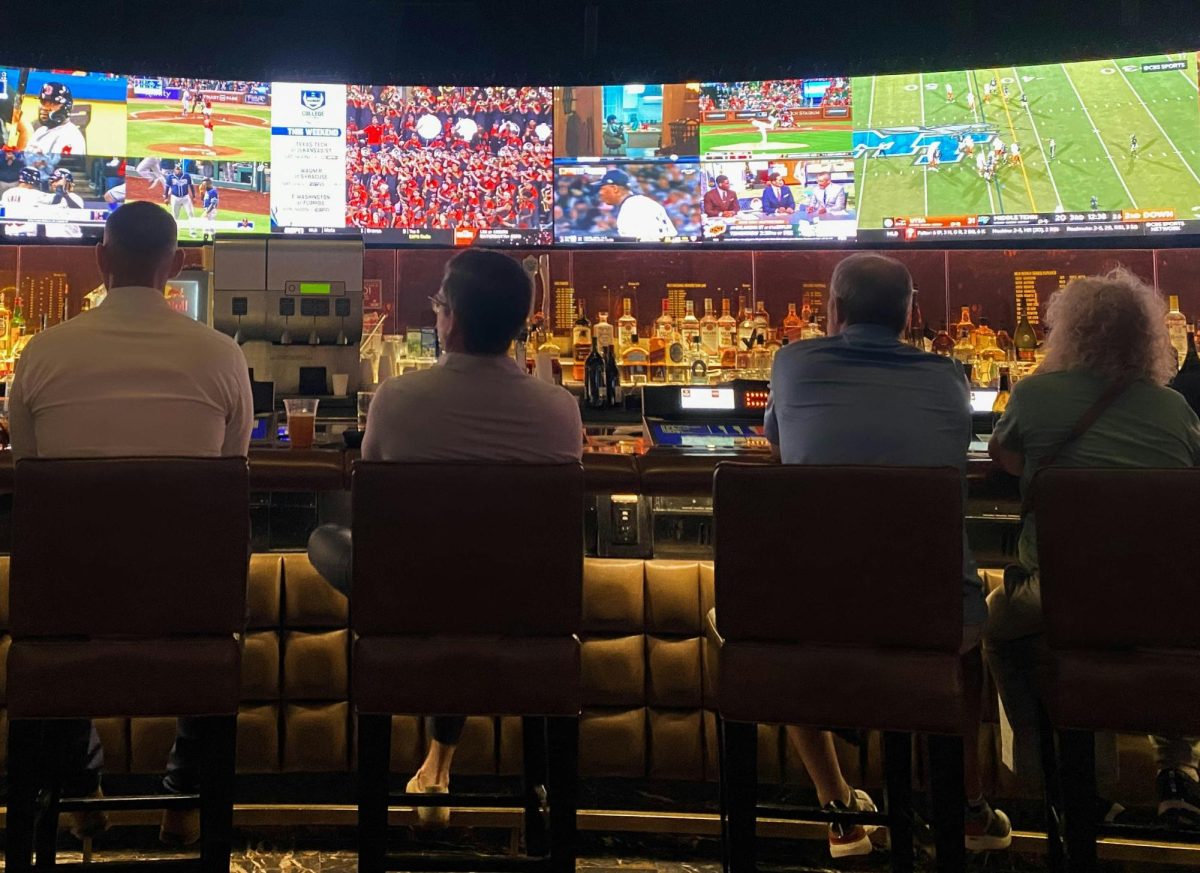Last week, Shavendra Silva, the chief of the Sri Lankan Army, was banned from entering the United States. Silva is a known war criminal who spearheaded the genocide of the Tamil people, an ethnic minority group native to southern India as well as northern and eastern Sri Lanka. The 25-year civil war that shook the teardrop-shaped island of Sri Lanka in the Indian Ocean resulted in the deaths of hundreds of thousands of civilians, most of whom were Tamils.
The war crimes committed by the Sri Lankan military were especially egregious. Grenades were placed inside wine glasses and dropped from aircraft onto Tamil orphanages, while rapes and forced disappearances were rampant. Torture persists to this day, as Sri Lanka is noted by Human Rights Watch and other supranational humanitarian groups as one of the worst countries in the world in terms of abuse and torment.
Tamils constitute one of the largest refugee groups in the world and live in nearly every country on the planet, while those who remain in their homeland face continued threats by the Sri Lankan central government. Journalists are censored and tormented, while Tamil citizens’ land is seized and protests demanding answers about the disappearances of their loved ones remain largely ignored.
The banning of Silva signified international recognition of a cause that Tamils have been fighting for for decades. Just as the regimes of Myanmar and China have been tyrannically oppressive against the respective Rohingya and Uighur people, the Sri Lankan government has long practiced a dangerous form of majoritarianism.
In spite of the incredible work of grassroots lobbying groups like the United States Tamil Political Action Committee (USTPAC) and advocacy organizations like People for Equality and Relief in Lanka (PEARL), getting the attention of Western governments has been difficult. In 2009, angered by the gross human rights violations committed by the Sri Lankan state against Tamils, a wave of diasporic protests shook North America and Europe. Several thousands of people flooded the Gardiner Expressway in Toronto, assembled at Parliament Square in London and picketed outside dozens of parliamentary buildings around the world.
Prior to the creation of the nation-states of India and Sri Lanka in 1947 and 1948, Tamils moved about relatively freely from region to region within the Tamil homeland. Following the independence of both countries from European imperialism, however, Tamils became a minority in both India and Sri Lanka. Sri Lanka in particular has been excessively brutal vis-a-vis the treatment of Tamils. From ambushes and pogroms to linguicism and biblioclasm, a systematic destruction of the indigenous Tamils’ linguistic and cultural heritage has been in effect for decades.
Many tend to equate nation-states with ethnicities. For instance, Germany is viewed as the home of the Germans and Sweden is viewed as the home of the Swedish. This Eurocentric view, though, is flawed. China and Russia aren’t just home to the Han Chinese and ethnic Russians, but also to countless other minority groups which are often sidelined by policies, educational syllabi and governmental frameworks that cater to only the majority. This is the case in South Asian nations like India and Sri Lanka too. When those in the West talk about Indian food or Indian culture, for instance, their descriptions often point to the specific culinary or cultural subset of upper-class India propagated by its majority.
The banning of Silva from entering the United States was a victory not only for criminal justice but also for the rights of indigenous people like the Tamils who, despite their incredibly rich religious, cultural and literary histories, are considered inferior on the faulty basis of international power. Silva’s ban, nevertheless, is but one small victory in the larger mission of securing indigenous rights in an increasingly nationalistic world.


